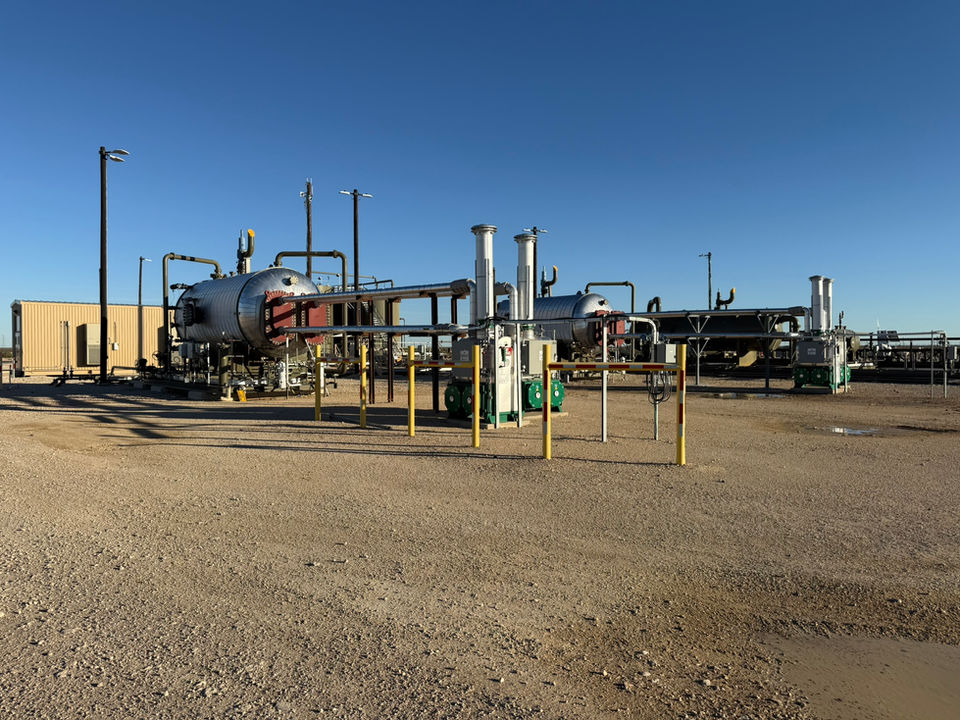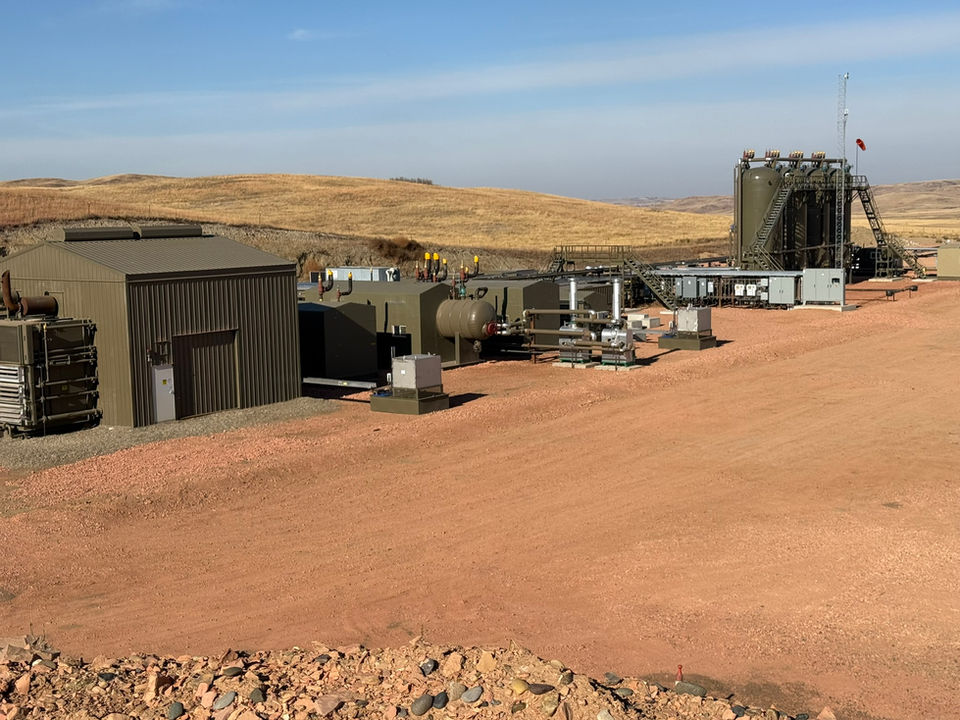
What Is Indirect Heating?

SAFETY - Eliminates Ignition source in the vessel reducing the risks associated with Firetube failures.
EFFICIENCY – Eliminates combustion efficiency losses with electric version. Reduces fuel consumption and emissions with gas fired version.
RELIABILITY – Uniform, low temperature heating extends equipment life.
FLEXIBILITY– In vessel or circulation systems can be used with gas or electric heat sources.
ECONOMICS – Reduced maintenance and reduced spacing shorten ROI.
A Safer, More Efficient Way to Heat Oil & Process Fluids
The traditional firetube utilizes a U-shaped tube inserted in the process vessel and burns casing gas to produce heat which in turn, is transferred to the fluids surrounding the tube. It is simple, effective and has always been done this way…. but not without issues. High surface temperatures, gasket and coating failures, non-uniform heating, localized stress at weld joints and marginal efficiency all lead to reduced life and failures.
Elite Indirect heating addresses these issues by removing the direct heat source from the process vessel and installing an external ASME certified boiler. This system produces a low-grade steam which is used to heat the process fluids while maintaining a separation from the heat source. The firetube is replaced by a steam bundle utilizing the existing firetube throat. This provides a lower temperature, uniform heat source to the surrounding fluids that is safe and efficient. Alternatively, an exchanger external to the vessel, can be used to heat the fluids through circulation. This method not only increases vessel volumes, but also eliminates heating efficiency issues caused by low production flow.

Electric or Gas? Choose the Right Indirect Heating System
Indirect heating technology can be powered by either gas or electricity, depending on operational needs and environmental goals.

Shrink your pad size by installing an Elite Indirect Heat System
COMING SOON COMING SOON COMING SOON COMING SOON
Unprecedented Spacing Exemption
NORTH DAKOTA INDUSTRIAL COMMISSION REVIEW AND ORDER
October 24, 2012 NIDIC grants similar approvals that are standard in Saskatchewan CA By utilizing the CWT Indirect heating system you may now treat oil 21 feet away from the production tanks rather than the 125 feet from production tanks that is currently standard in ND today.
This was a very significant ruling for future activities.
Located outside the secondary containment in a General Purpose location.
This allows for direct heating of oil tanks or Heater treaters with low gas production. (GOR)


COMING SOON COMING SOON COMING SOON COMING SOON
Indirect Heating System Benefits of Smaller Pad Size
Elite Indirect Heating System Maximize Efficiency with a Smaller Pad Size
By implementing the Elite Indirect Heating System, oil producers can significantly reduce the physical footprint of their well sites. A smaller pad size translates directly into lower capital costs, faster project timelines, and greater operational efficiency.
Key Cost-Saving Benefits
Production Equipment
-
Reduced Piping Requirements – Less material and simpler installation
-
Lower Containment Costs – Smaller footprint means less metal and fabrication
-
Decreased Electrical Infrastructure – Fewer components, lower energy demands
-
Minimized Labor – Faster setup with fewer personnel
Smaller Pad, Smarter Lease
-
Reduced Land Acquisition – Lease only what you need
-
Less Site Preparation – Lower costs for dirt work and environmental remediation
-
Overall Cost & Labor Savings – From planning to production

.jpg)













